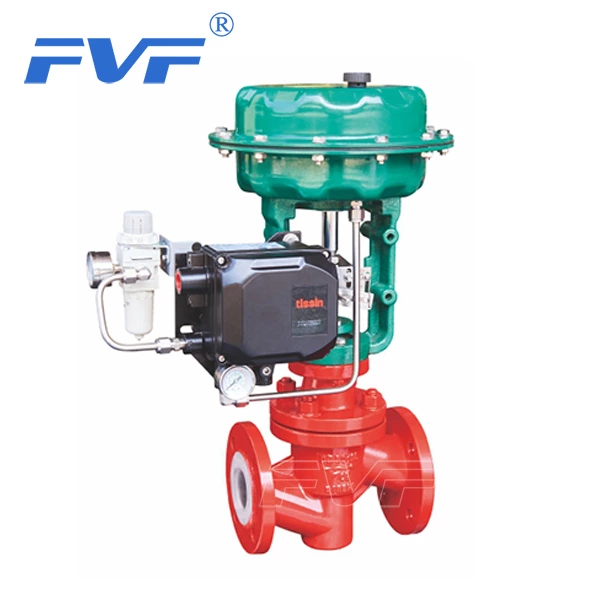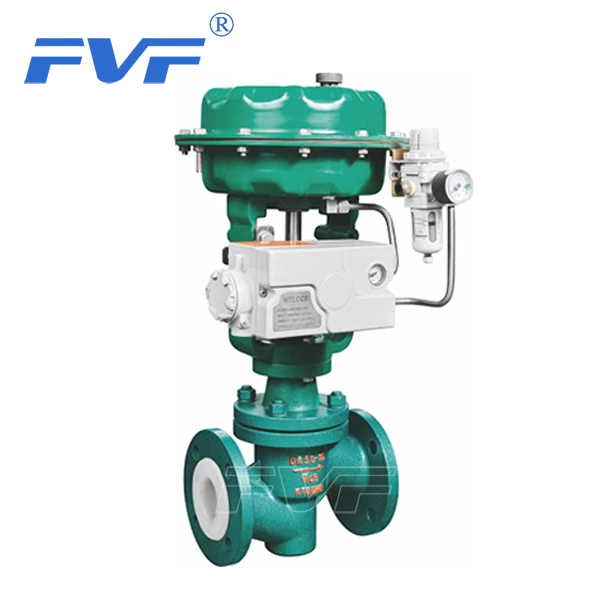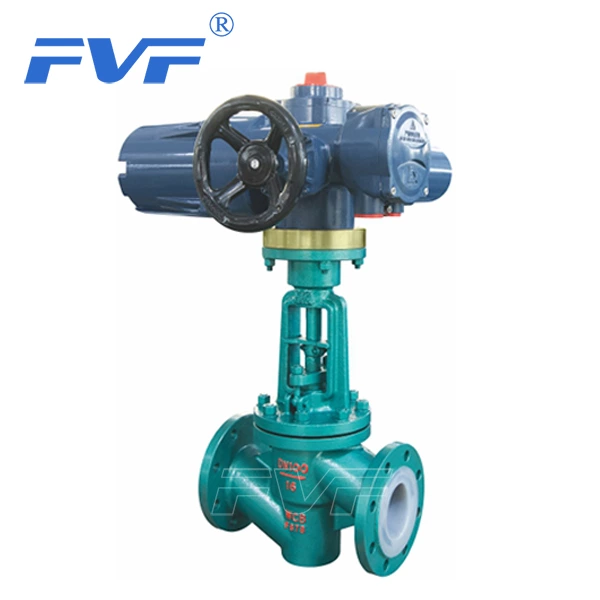Installation, Maintenance Points And Precautions Of Electric Control Valves And Plastic Lined Valves
Given the unique properties of Lined Control Valve and its plastic or plastic-lined corrosion-resistant valves and pipe accessories, special attention should be paid to the following key features during the installation, maintenance and management of the products:
Careful handling of flange covers: Flange covers of valves or pipe fittings must not be removed at will unless necessary to prevent the PTFE flange surface from damaging the sealing performance due to temperature fluctuations or foreign matter intrusion. They can only be removed when preparing to connect to the pipeline, and must be reset immediately after inspection to protect the integrity of the PTFE flange surface.
Precise consideration of gasket use: When connecting fluoroplastic or plastic-lined valves and fittings to pipelines, additional gaskets are usually not required. However, when connecting to flange surfaces of different materials (such as metal surfaces), suitable gaskets should be selected to protect the PTFE flange surface from damage.
Emergency treatment of high-temperature leaks: If a leak occurs under high-temperature conditions during system operation, the first task is to reduce the system temperature to room temperature, and then carefully investigate the cause and perform repairs to ensure safe operation.
High-temperature welding is prohibited: Any welding operation that may generate high temperature is strictly prohibited on valves and pipe fittings to prevent irreversible damage to the fragile lining layer.
Symmetrical tightening of flange nuts: Flange nuts should follow the diagonal (symmetrical) principle, be tightened evenly and gradually, and apply appropriate torque. If a leak occurs, first try to loosen the nut at the leaking position by half a turn, and re-tighten the nut on the opposite side with the same torque. If this method does not work, check whether the surface of the PTFE flange is damaged, and use fine sandpaper and cloth to trim and reconnect if necessary.
Strict requirements for storage environment: Valves and pipe fittings should be stored in a dry and well-ventilated indoor environment, avoid stacking and storage to prevent damage or deformation.
Maintenance measures for long-term storage: For valves that have not been used for a long time, their sealing pairs should be slightly opened and separated to prevent deformation due to long-term pressure, which will affect the sealing performance and service life.
Specifications for manual operation: When manually operating the valve, it is strictly forbidden to use auxiliary tools such as levers to force the switch to avoid damaging the valve or affecting its normal function.
Correct installation of directional valves: When installing valves with directional requirements, be sure to ensure that the medium flow direction is consistent with the arrow indication on the valve body, and take into account the convenience of operation and maintenance.






